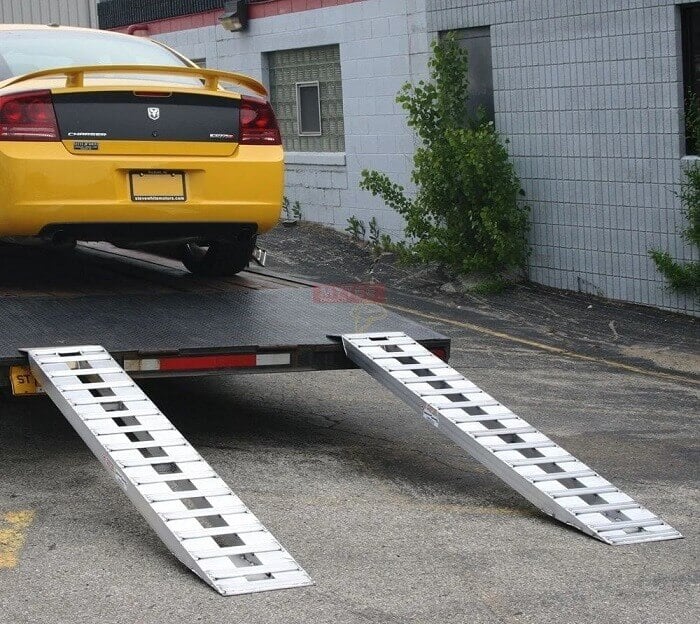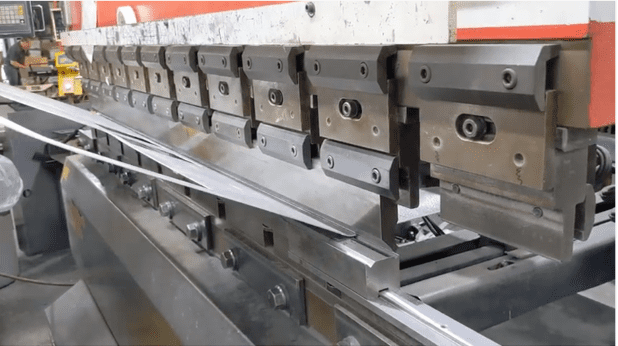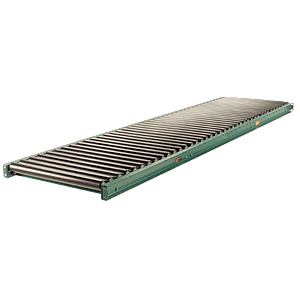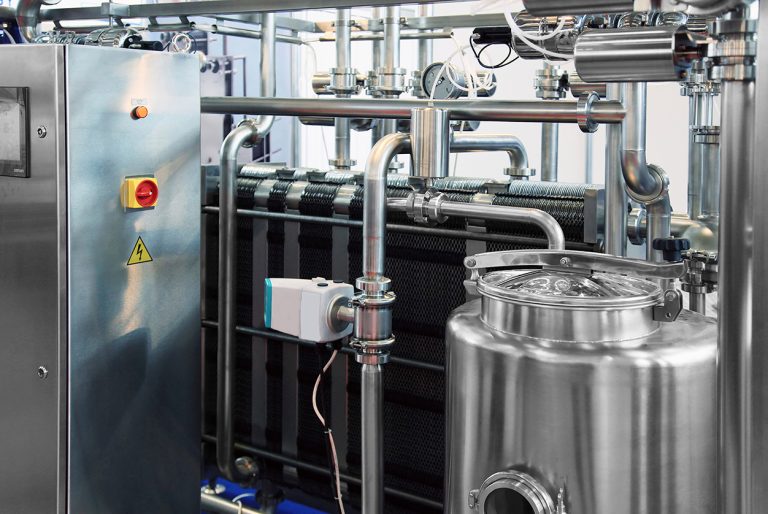Understanding Rigging: Essential Techniques and Safety Measures
Rigging is a critical process in various industries, including construction, manufacturing, shipping, and entertainment. It involves the use of ropes, chains, slings, and other equipment to lift, move, and secure heavy loads. Proper rigging techniques ensure safe and efficient handling of materials, minimizing risks and preventing accidents. This article will delve into the fundamentals of rigging, explore essential rigging equipment, discuss safety practices, and highlight the significance of geosynthetic materials in construction-related rigging applications.
What is Rigging and Why is it Important?
Rigging is the practice of using ropes, chains, slings, and other equipment to lift and move heavy loads. It is widely used in construction, shipping, and the entertainment industry, such as in stage setup. The importance of rigging lies in its ability to safely and efficiently handle heavy objects that cannot be moved manually. Improper rigging can lead to serious accidents, property damage, and even loss of life, which is why understanding and adhering to proper rigging techniques is essential for any industry.

What are the Different Types of Rigging Equipment?
There is a variety of rigging equipment available, each serving a specific purpose:
- Slings: These are flexible lifting devices made of wire rope, chain, or synthetic material. They are used to lift loads and come in various forms, such as chain slings, wire rope slings, and synthetic slings.
- Shackles: Shackles are U-shaped metal pieces with a pin or bolt across the opening. They are used to connect different rigging components together.
- Hoists: A hoist is a device used for lifting or lowering loads using a drum or lift-wheel around which a rope or chain wraps. Hoists can be operated manually, electrically, or pneumatically.
- Pulleys: Pulleys are wheels on an axle or shaft designed to support movement and change of direction of a taut cable or belt. They are crucial for lifting heavy loads with minimal effort.
Each type of equipment has its specific use case, and understanding when and how to use them is key to safe and efficient rigging.
What Are the Key Safety Practices in Rigging?
Safety in rigging operations is paramount. Key safety practices include:
- Inspection of Equipment: Rigging equipment must be regularly inspected for wear and tear, corrosion, and damage. Faulty equipment should be repaired or replaced immediately to avoid accidents.
- Proper Training: Personnel involved in rigging must be trained in both the use of equipment and the safety protocols. This includes understanding load limits, hand signals, and emergency procedures.
- Load Calculations: Proper load calculations are crucial to ensure that the rigging equipment can handle the weight of the load without failure.
- Use of Geosynthetics: In construction projects, geosynthetics such as geotextiles and geomembranes can be used to reinforce ground stability, especially when moving heavy loads across unstable terrain. The integration of geosynthetic materials helps distribute the load more evenly, preventing ground shifts and enhancing safety.
How Do Geosynthetics Relate to Rigging in Construction?
Geosynthetics are materials used in civil engineering and construction to stabilize terrain. In the context of rigging, geosynthetics such as geogrids, geotextiles, and geomembranes play a crucial role in providing ground support. When lifting and moving heavy loads in construction sites, geosynthetics help maintain ground stability, reduce soil erosion, and distribute load pressure evenly. This is especially important in projects involving soft or unstable ground conditions, where the use of geosynthetic materials can prevent accidents related to ground failure during rigging operations.
Rigging is an essential practice in many industries, ensuring the safe and efficient movement of heavy loads. Understanding the different types of rigging equipment, adhering to safety protocols, and utilizing geosynthetics in construction are crucial components of effective rigging. Proper training, equipment inspection, and the right choice of materials can significantly reduce risks and enhance safety in rigging operations. Incorporating geosynthetics, such as geotextiles and geomembranes, provides additional ground stability, which is especially valuable in construction settings.



